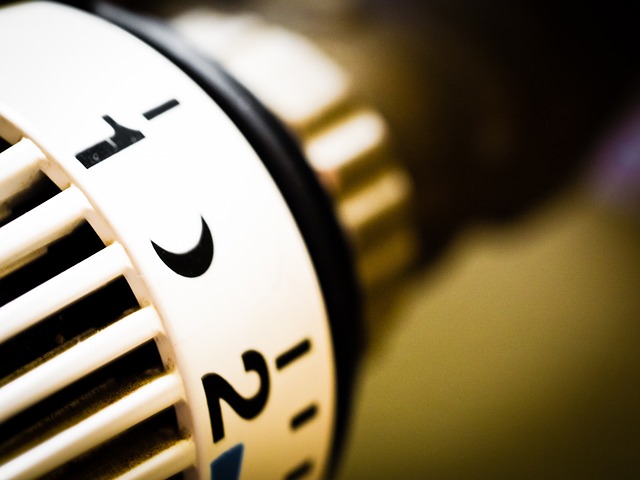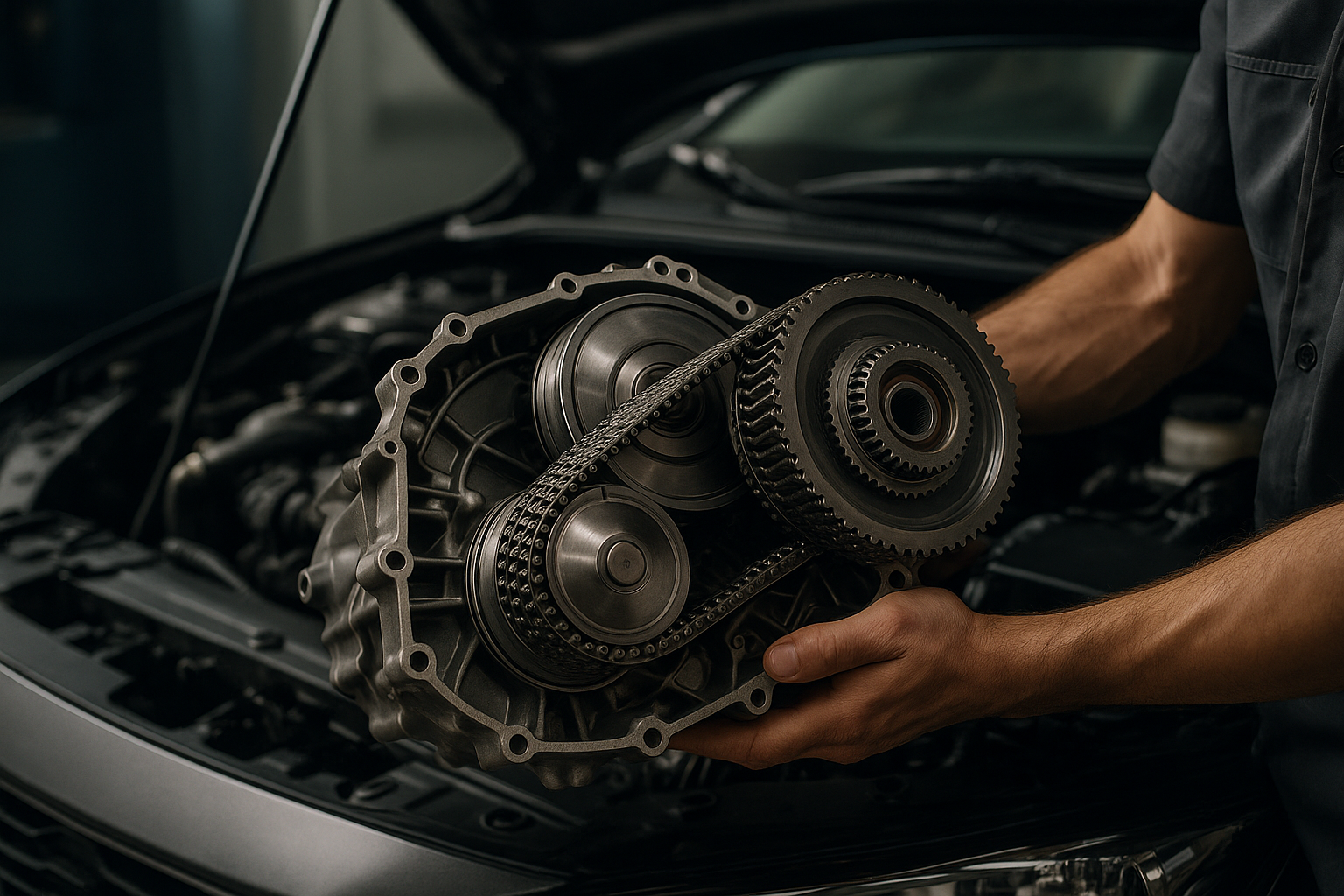HVAC Air Conditioning Selection Guide: Make Hot Weather Cool and Comfortable
Choosing the right HVAC system for your home requires understanding various factors from system types to installation requirements. Modern air conditioning technology offers multiple options to keep your living space comfortable during hot weather, each with distinct advantages and considerations. Making an informed decision involves evaluating your home's specific needs, energy efficiency goals, and long-term maintenance requirements.

Selecting the appropriate HVAC system for your home involves careful consideration of multiple factors that directly impact comfort, energy efficiency, and long-term costs. With various technologies and configurations available, homeowners need comprehensive information to make decisions that align with their specific requirements and budget constraints.
What Exactly is an HVAC System?
HVAC stands for Heating, Ventilation, and Air Conditioning, representing a complete climate control system that manages indoor air quality and temperature. These systems integrate multiple components including air handlers, ductwork, thermostats, and outdoor units to circulate conditioned air throughout residential spaces. Central air systems use refrigerant to cool air, which is then distributed through ducts, while heat pumps can both heat and cool by transferring thermal energy. Understanding these fundamental components helps homeowners identify which system type best matches their climate zone and home layout.
Understanding HVAC System Replacement Costs
Replacement costs for HVAC systems vary significantly based on system type, home size, and installation complexity. Central air conditioning units typically range from $3,000 to $7,000 for equipment, while complete system replacements including ductwork modifications can reach $15,000 or more. Heat pump systems generally cost between $4,000 and $8,000, offering year-round climate control efficiency. Labor costs represent approximately 30-40% of total project expenses, with regional variations affecting final pricing. Energy-efficient models with higher SEER ratings command premium prices but provide substantial long-term savings through reduced utility bills.
Residential HVAC Installation Considerations
Proper installation requires thorough assessment of home characteristics including square footage, insulation quality, window placement, and existing ductwork condition. Load calculations determine appropriate system capacity, preventing oversized or undersized equipment that compromises efficiency and comfort. Ductwork evaluation identifies necessary repairs or modifications to ensure optimal airflow distribution throughout the home. Electrical requirements may necessitate panel upgrades or dedicated circuits for modern high-efficiency units. Professional installation ensures compliance with local building codes and manufacturer warranty requirements.
| System Type | Provider | Cost Estimation |
|---|---|---|
| Central Air (3-ton) | Carrier | $4,500 - $6,500 |
| Heat Pump System | Trane | $5,000 - $8,000 |
| Ductless Mini-Split | Mitsubishi | $3,000 - $5,500 |
| High-Efficiency Central | Lennox | $6,000 - $9,000 |
| Geothermal Heat Pump | WaterFurnace | $15,000 - $25,000 |
Prices, rates, or cost estimates mentioned in this article are based on the latest available information but may change over time. Independent research is advised before making financial decisions.
System efficiency ratings significantly impact both purchase price and operating costs over the equipment’s lifespan. SEER ratings measure cooling efficiency, with higher numbers indicating greater energy savings but increased upfront investment. Modern systems offer SEER ratings from 14 to 25, with each point increase potentially saving hundreds of dollars annually in energy costs. Variable-speed compressors and smart thermostats enhance efficiency by adjusting output to match actual cooling demands rather than operating at full capacity continuously.
Maintenance requirements differ among system types, affecting long-term ownership costs and reliability. Regular filter changes, annual professional tune-ups, and prompt repairs extend equipment life and maintain peak performance. Warranty coverage varies by manufacturer and component, with compressors typically covered for 10 years while other parts may have shorter terms. Local service availability and technician expertise should influence brand selection, ensuring reliable support throughout the system’s operational life.
Selecting the right HVAC system requires balancing initial investment with long-term operating costs while considering your home’s specific requirements and local climate conditions. Professional consultation provides valuable guidance in navigating available options and ensuring proper system sizing and installation for optimal comfort and efficiency.




